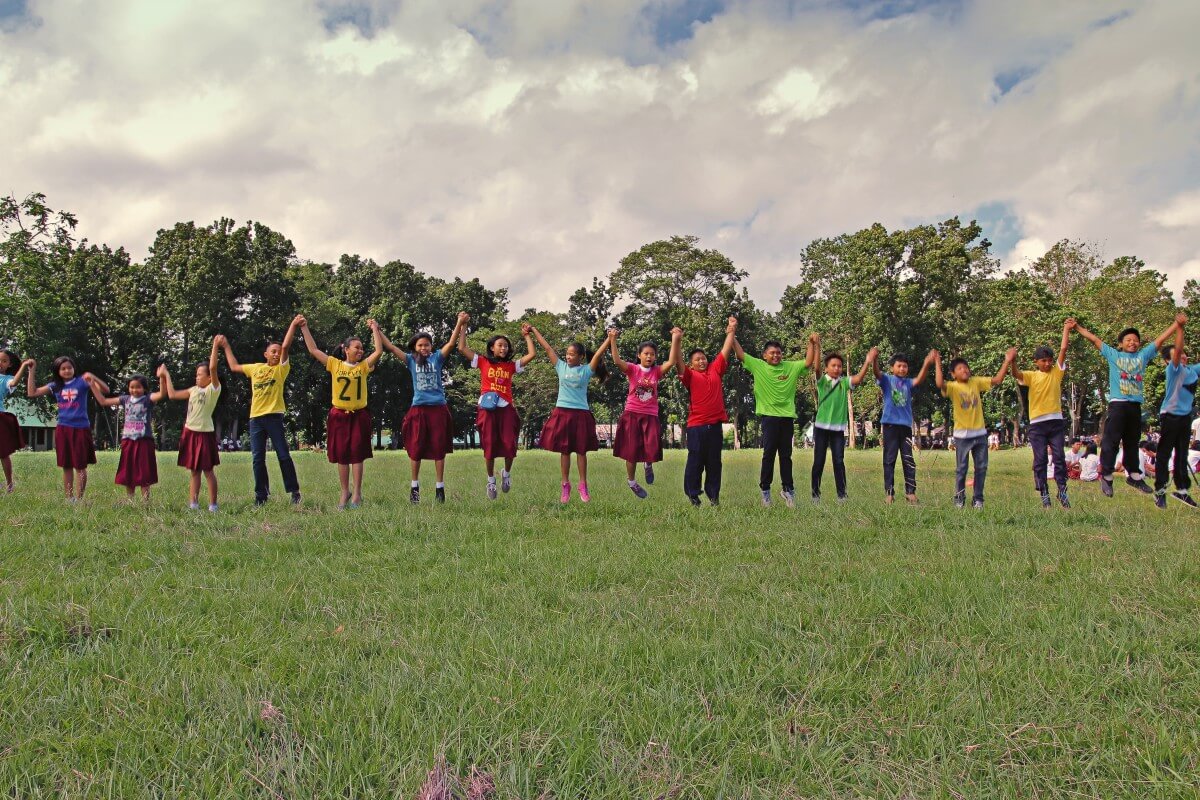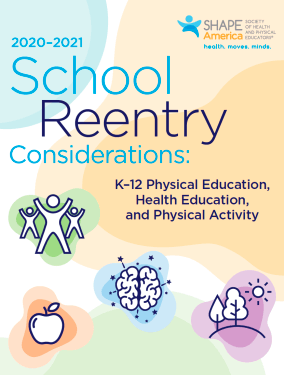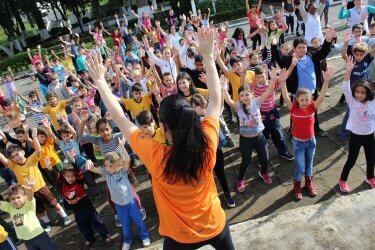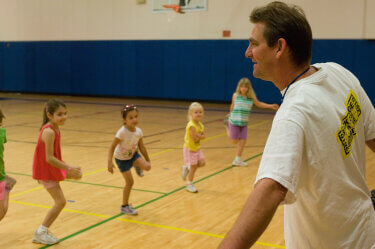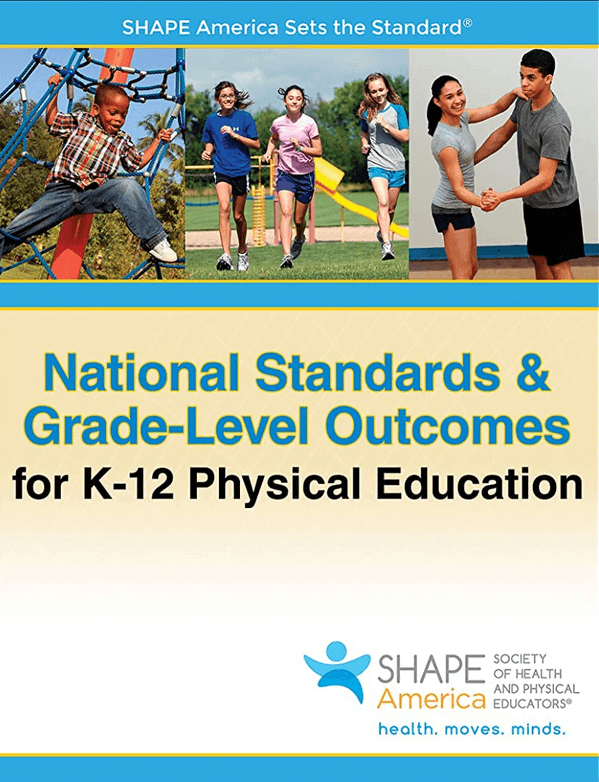
As we begin a new year, the Society of Health and Physical Educators (SHAPE America) continues to engage two national task forces to revise the national standards in health and physical education and I consider this work to be critical to the future of our profession. In regularly reviewing and revising our standards, we make certain that we include the latest research, hands-on teacher experiences, and best instructional practices from the field. Additionally, it allows us to continue to take a critical look at how our society and education have evolved around the essential work of student wellness in our schools.
In recent years, I served at my state level on our standards review team and found the work to be invaluable in serving the needs of every student. We made a lasting commitment to forging forward with progressive and responsive core ideas and disciplinary practices that speak to every community in my diverse state of New Jersey. This is the task ahead for the national revision. In order to serve the needs of our young people across the nation, SHAPE America has the momentous responsibility of building national standards that echo the voice of every child in America.
I believe that this significant task means incorporating the very latest research on the critical and essential skills of physical movement in physical education and a focus on skill-based health education to foster a classroom of inquiry-based instruction. We must incorporate the ability of students to contribute to and create a learning environment where they can thrive, grow and learn. Our future standards must reflect that student-focused approach.
